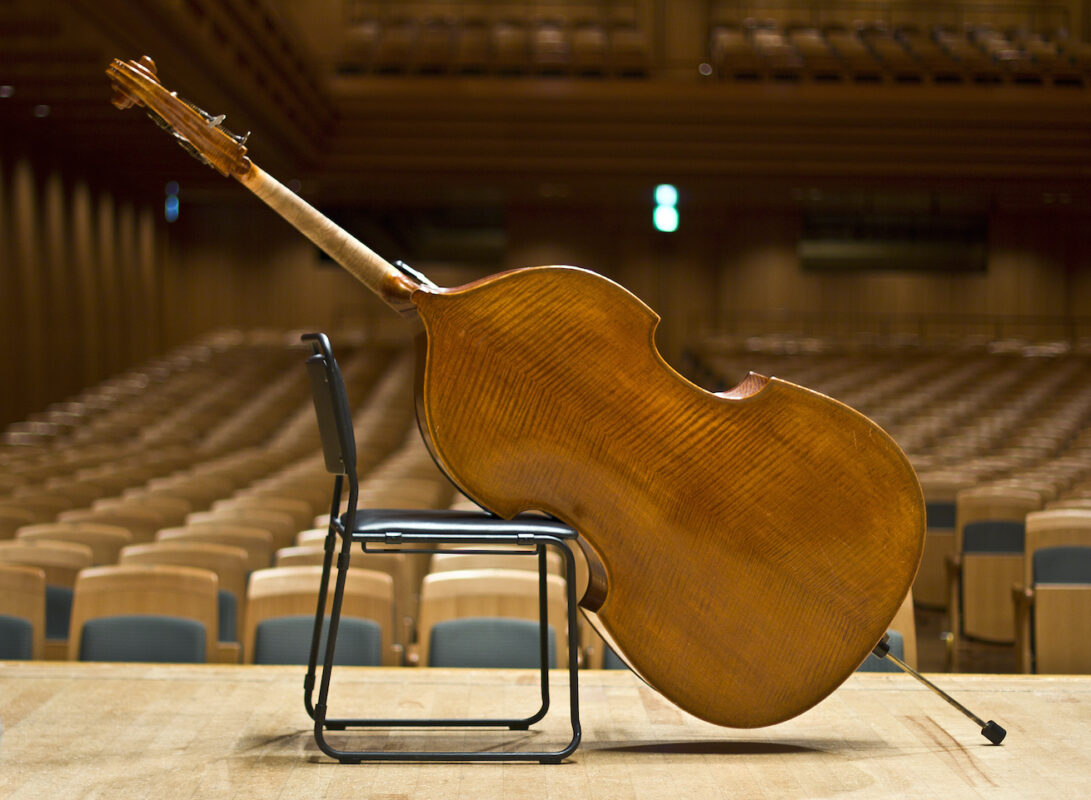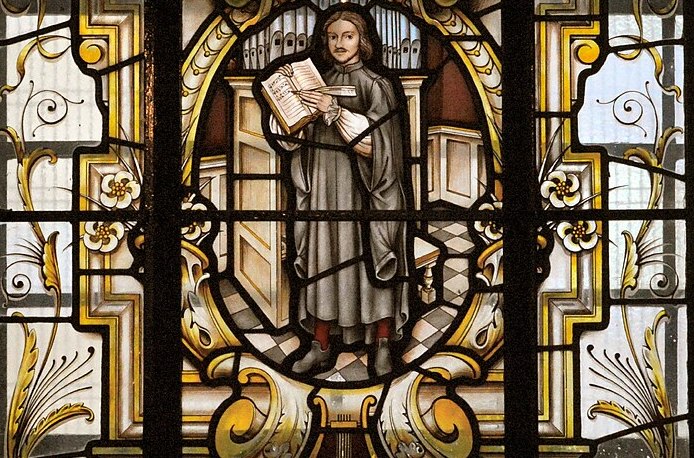Sound experiences with canons
Werner Beidinger and Kristian Commichau have published a collection that ranges from swing feeling to church tunes. For your use in school, choir and leisure.

The canon in music is the strictest form of musical imitation, which consists of two or more voices making the same vocal steps one after the other and thus offset. The English term "round" sums it up as a form of singing together, and Sumer Is Icumen In from 13th century England is the first surviving canon in the history of music.
In addition to the fact that all the great composers used the technical finesse of the canon in the counterpoint of their works, a genre of entertaining canons has also developed over the course of time, which can be used as a choral pedagogical tool for sound training.
Werner Beidinger and Kristian Commichau have now published the highly recommended collection Canonissimo with 66 canons for school, choir and leisure. It contains a broad spectrum in various categories: canons of old masters, dance canons, modal canons (pentatonic/church modes), swing/pop canons, 1625 canons (meaning the steps of the harmony scheme) and Malagueña canons ("Andalusian cadence" etc.).
In addition to the conducting scores, easy piano accompaniments, didactic notes and, above all, the presentation of all canons as choral scores are very helpful. To get a better impression of the polyphonic sound, a CD is also included with "sound scores" of all the canons as pdf and mp3 files.
Kanonissimo, 66 canons for school, choir and leisure, ed. Werner Beidinger, Kristian Commichau, 148 p. with CD, order no. 335, € 29.90, Fidula, Koblenz









